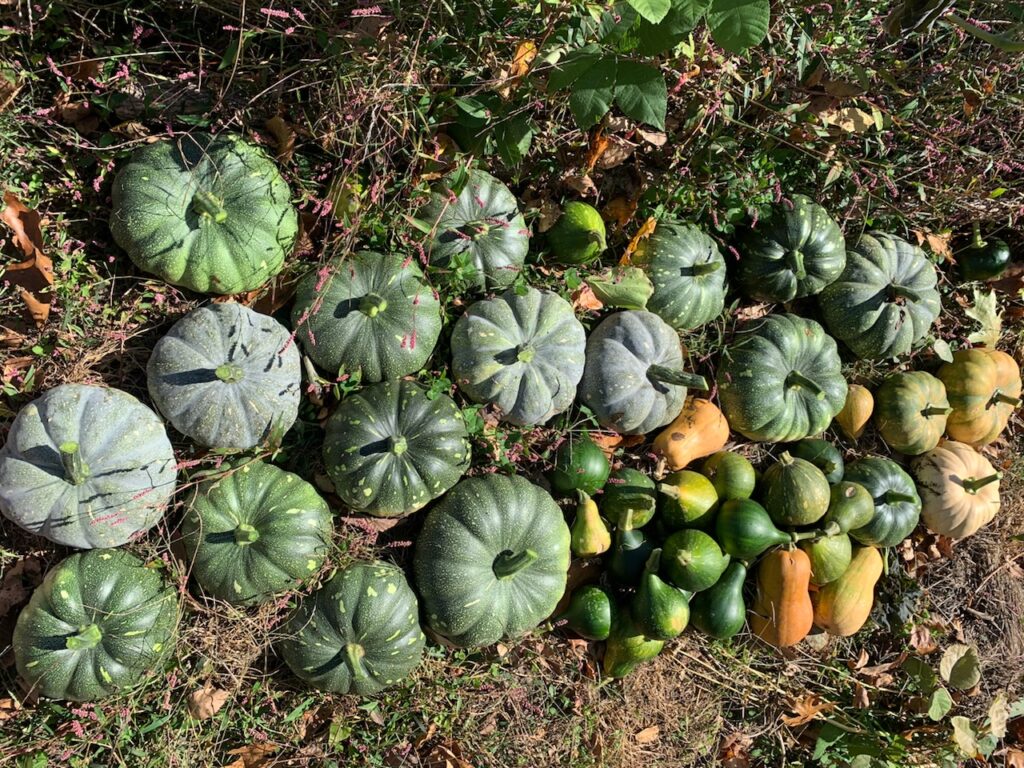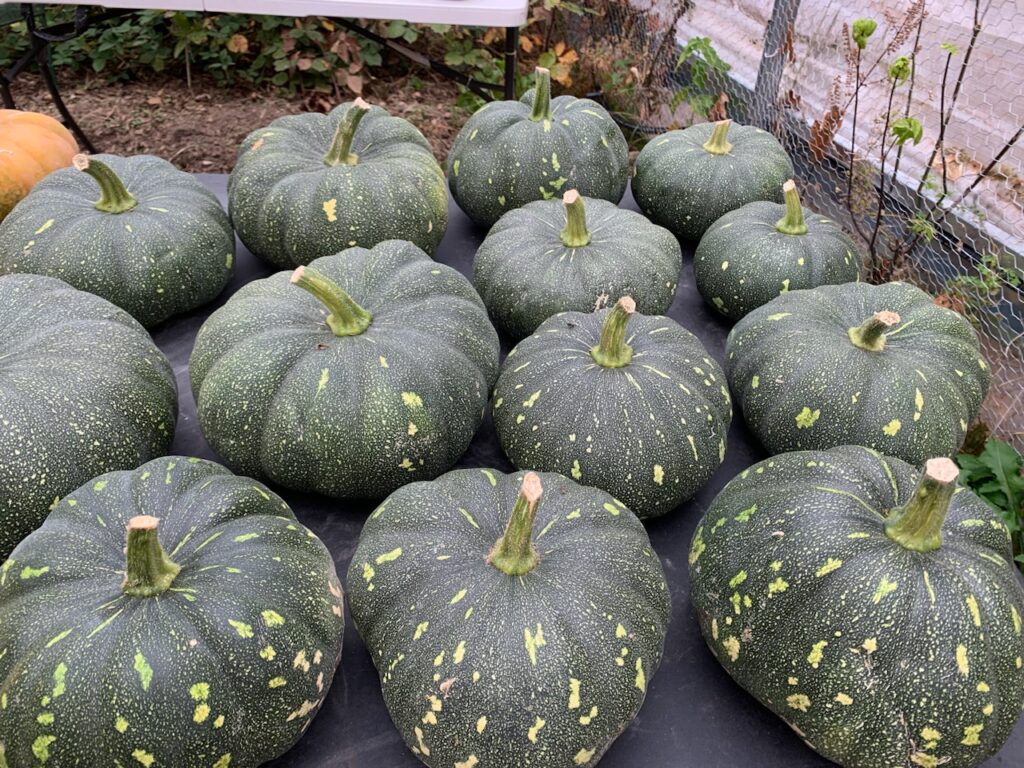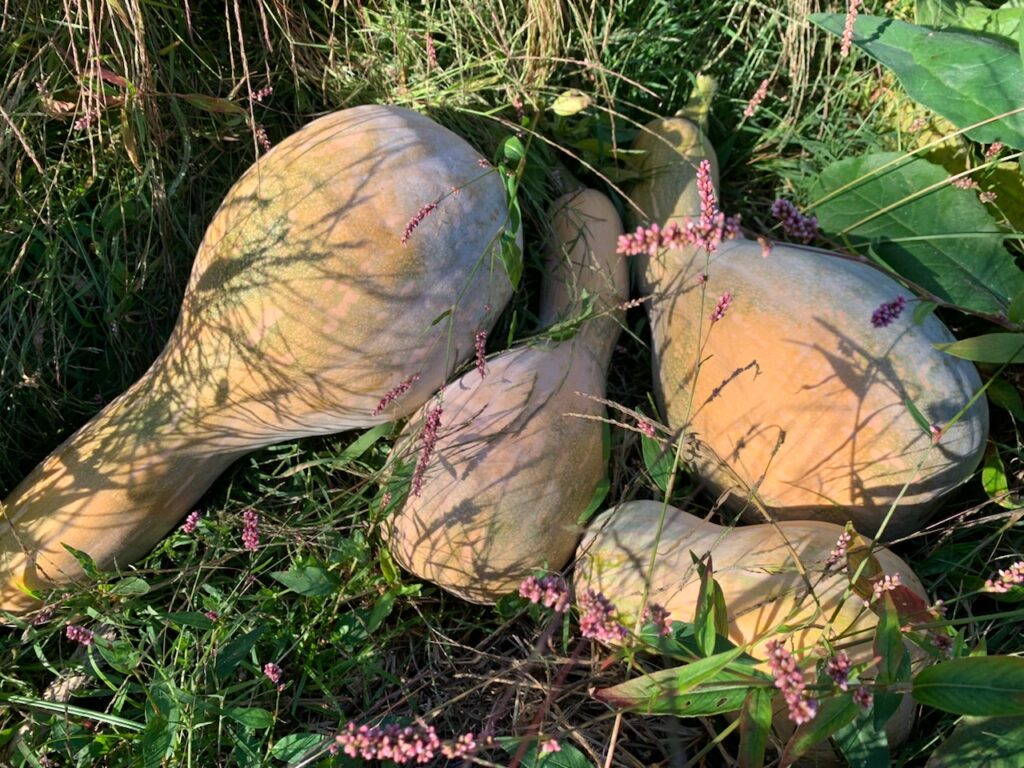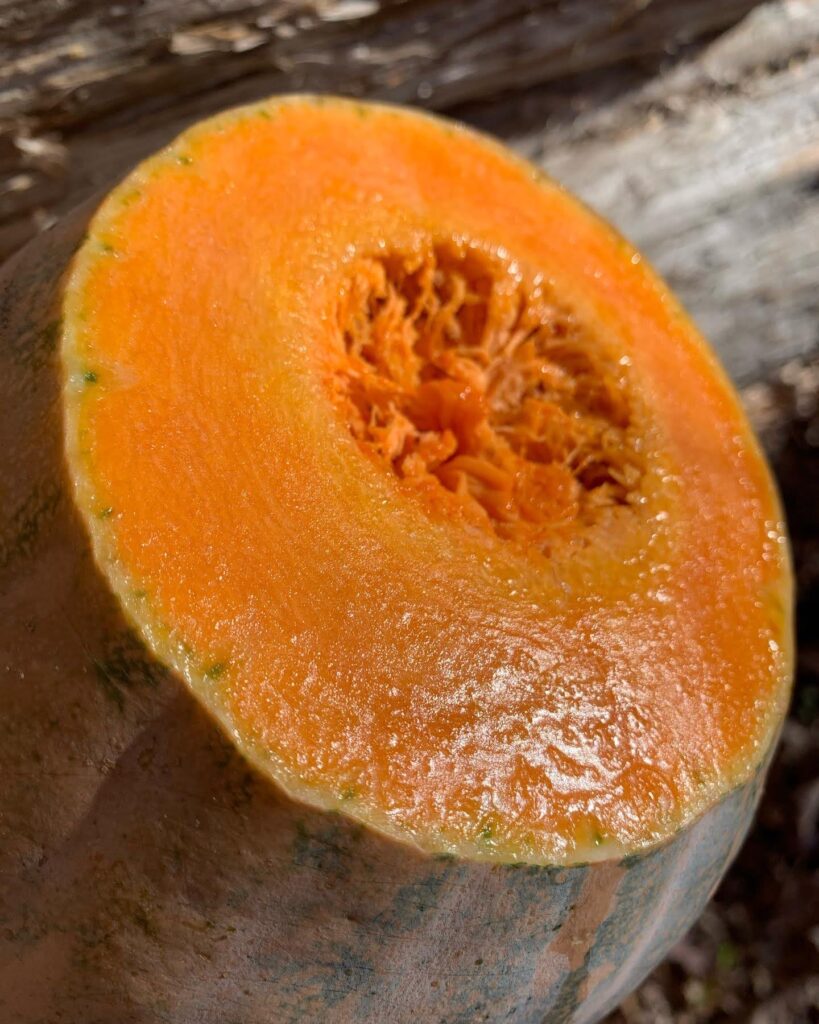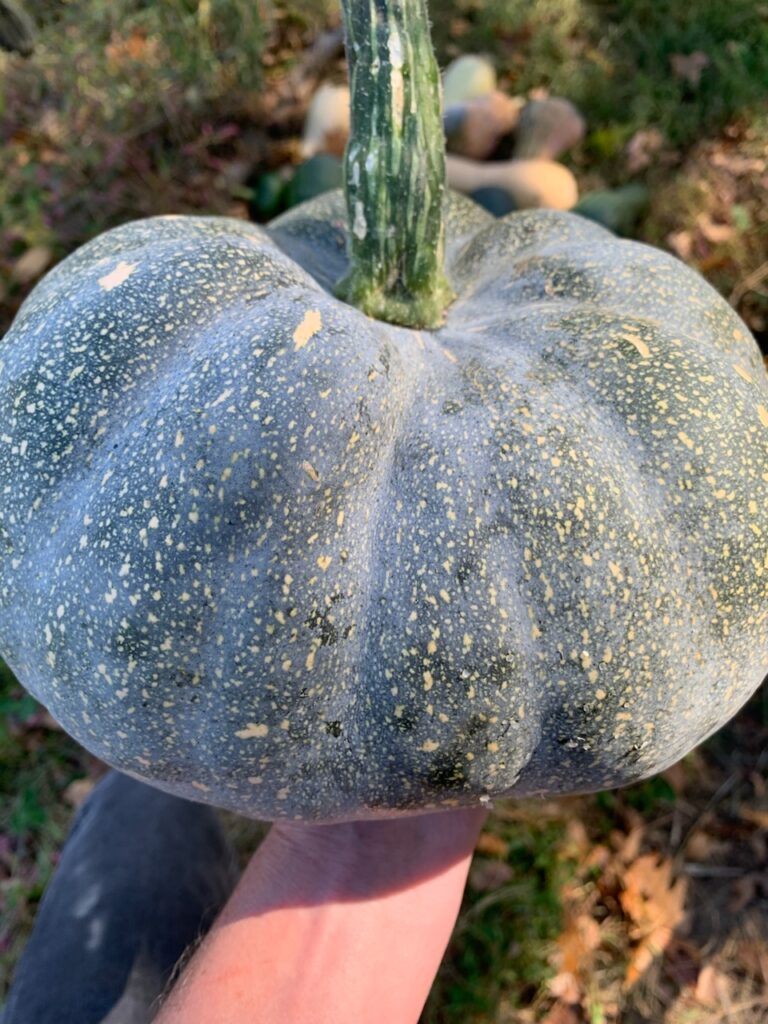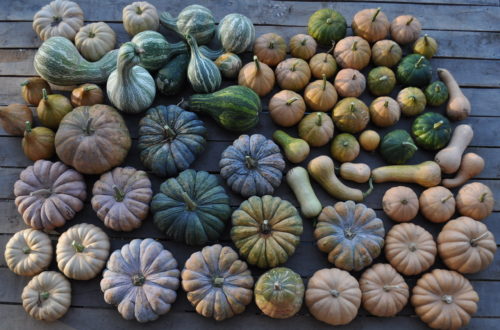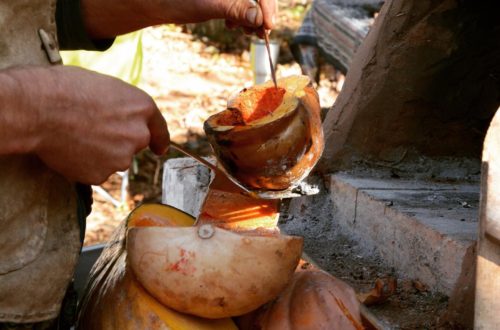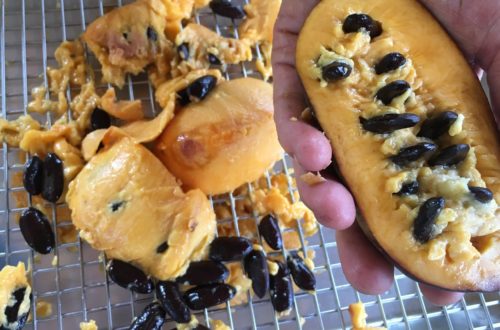
2022 Squash Bug Resistant C. moschata Landrace Grow Report
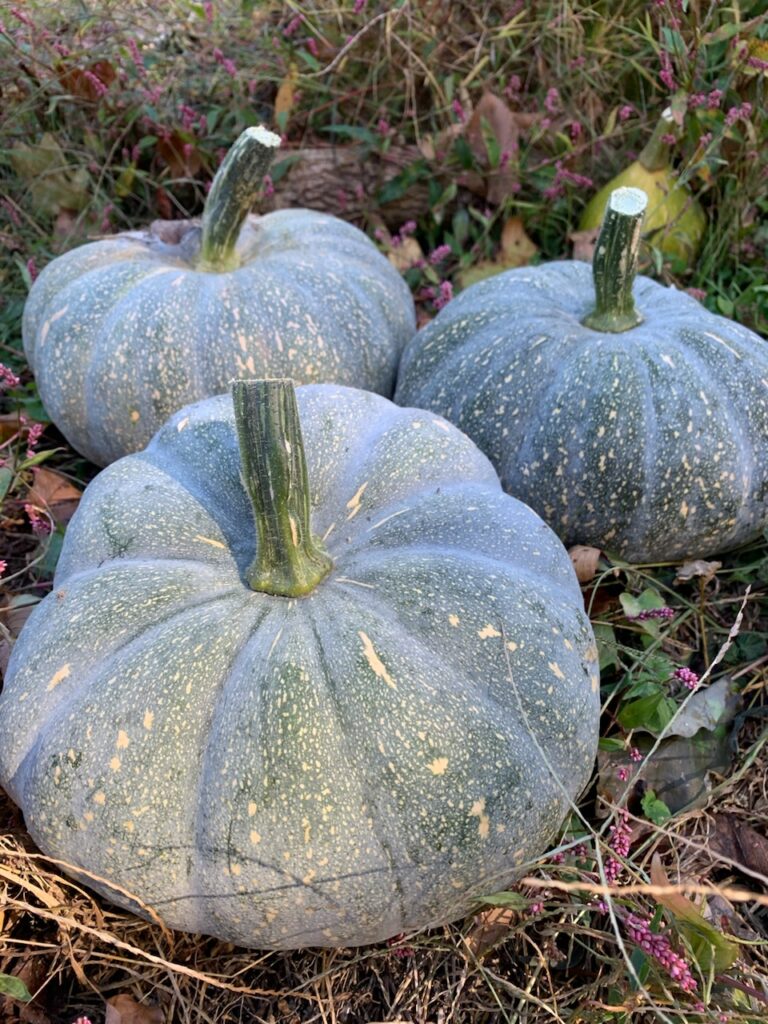
As winter thaws into spring and daffodils make their appearance alongside abundant rains and days ranging from tshirt weather and back again to wool, I wanted to document a grow report for the 2022 squash season.
Summer 2022 held some challenges in the garden...
…as we experienced over a month of drought mixed with temps in the upper 90s, many days even over 100! It was very difficult to keep everything alive and many plants stalled in growth. Flowers bloomed and wilted before they could set fruit and many fruits dried on the vine. That said, the squash hung in there! I did water more than 2021- for some weeks in June and July even watering every day or every other day simply to keep things alive.
2022 C. moschata Landrace Grow Report
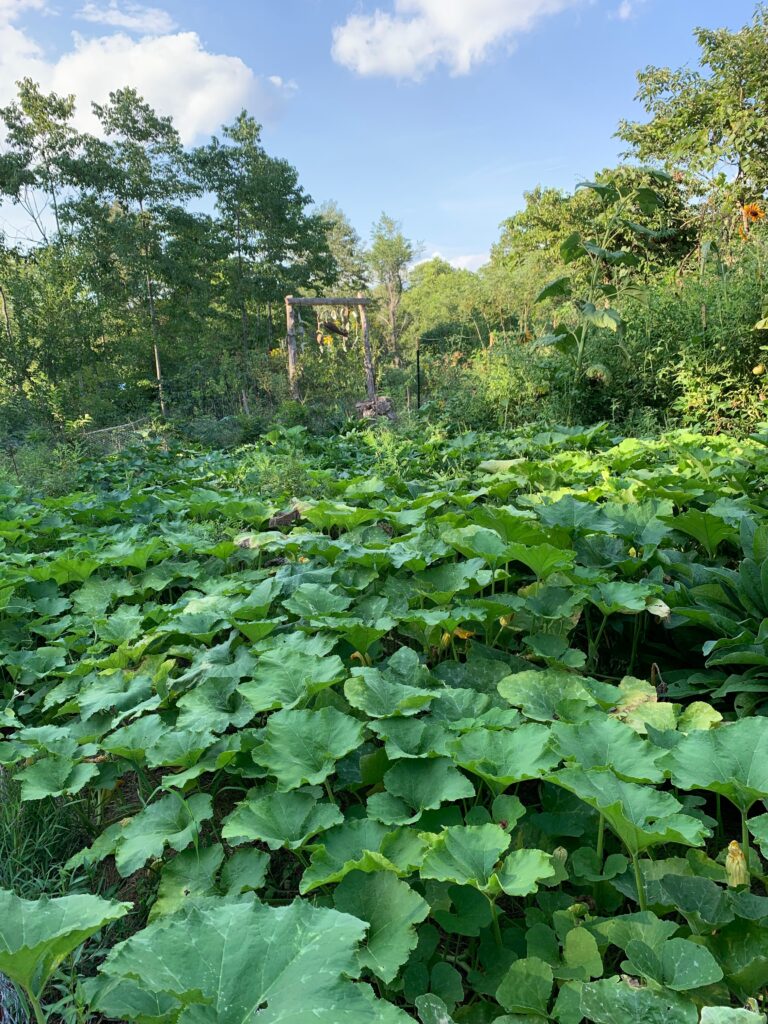
I planted the first squash mounds on May 25. I sowed over 15 seeds in each mound as the first selection criteria, vigor. Thanks to Carol Deppe’s Breed Your Own Vegetable Varieties for teaching me that breeding can begin in selecting seedling characteristics!
I sowed 25 mounds this year and by June 27, 6 of the mounds had died due to vine borer (Melittia cucurbitae) which until now I haven’t had a huge issue with. I resowed those mounds on July 2nd.

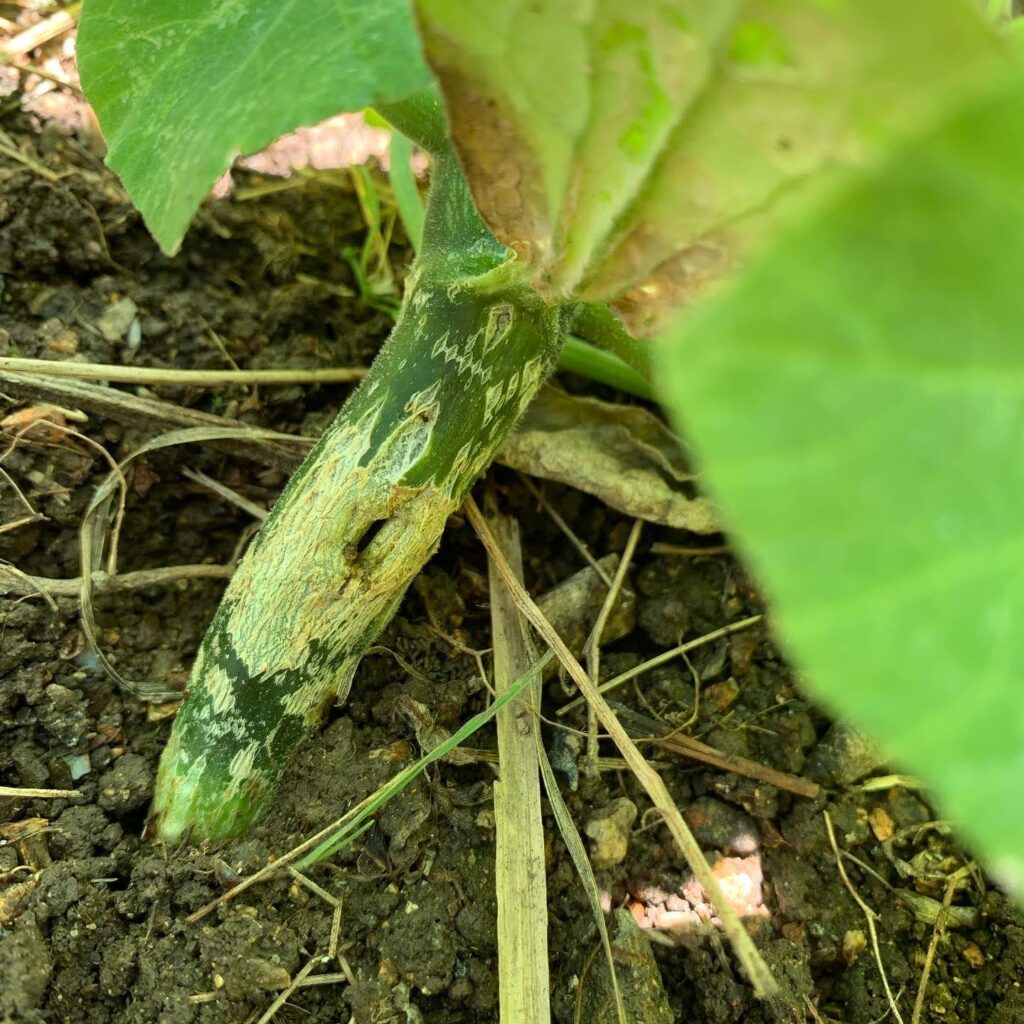
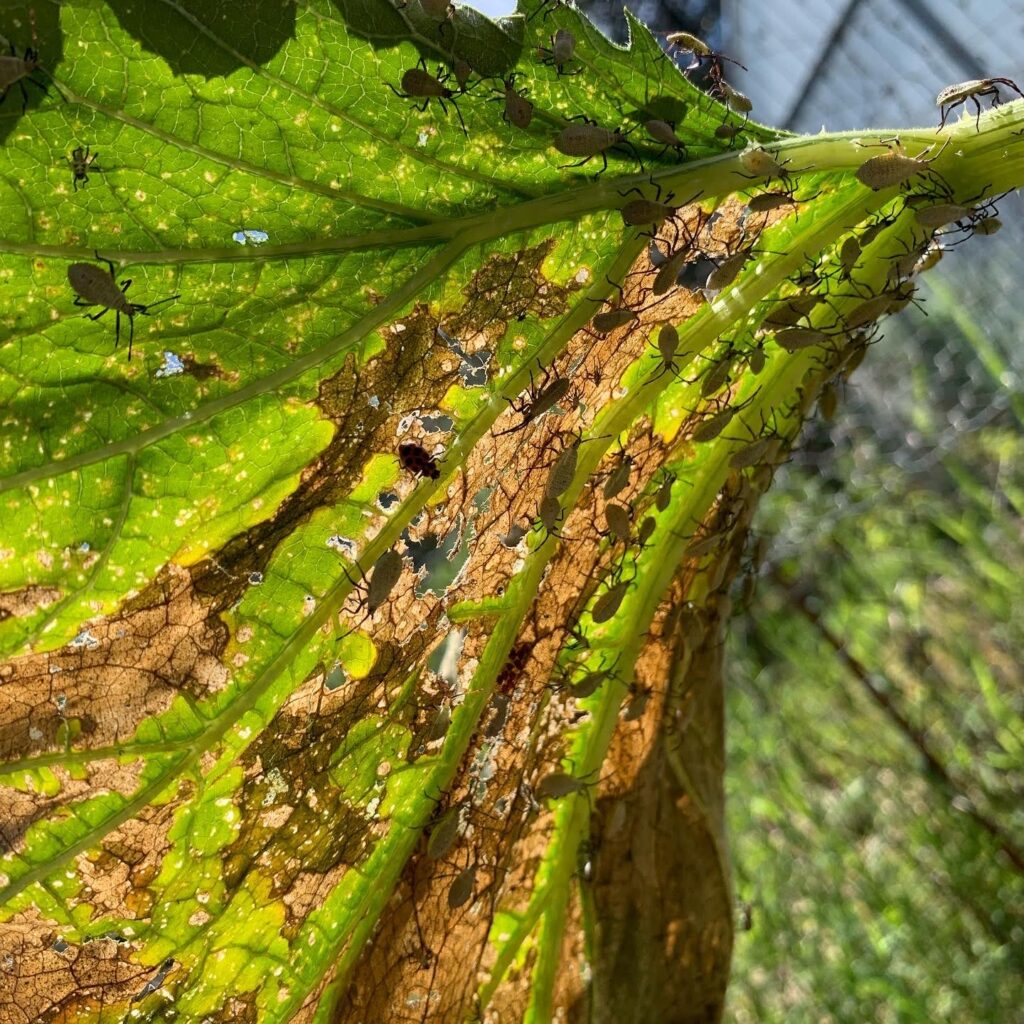
The seed genetics included my landrace selections saved from 2021, as well as the added genetics of squash from East Wind, Guatemalan green fleshed ayote ( which died), a Baker Creek Seed carotene rich butternut, Tahitian melon and a Japanese heirloom.
Observations
- 24% of the squash were lost due to vine borer
- Even more intense squash bug (Anasa tristis) pressure due to critical weather conditions
- The squash from the grex did noticeably better than the new additions which was a good feedback loop
- One of the squash – the first one to set – was eaten by cucumber beetles
- A couple squash have noticeable Lofthouse early fruit set
- One plant which had “cheese” phenotype with speckles had the most vigor and incredible fruit set

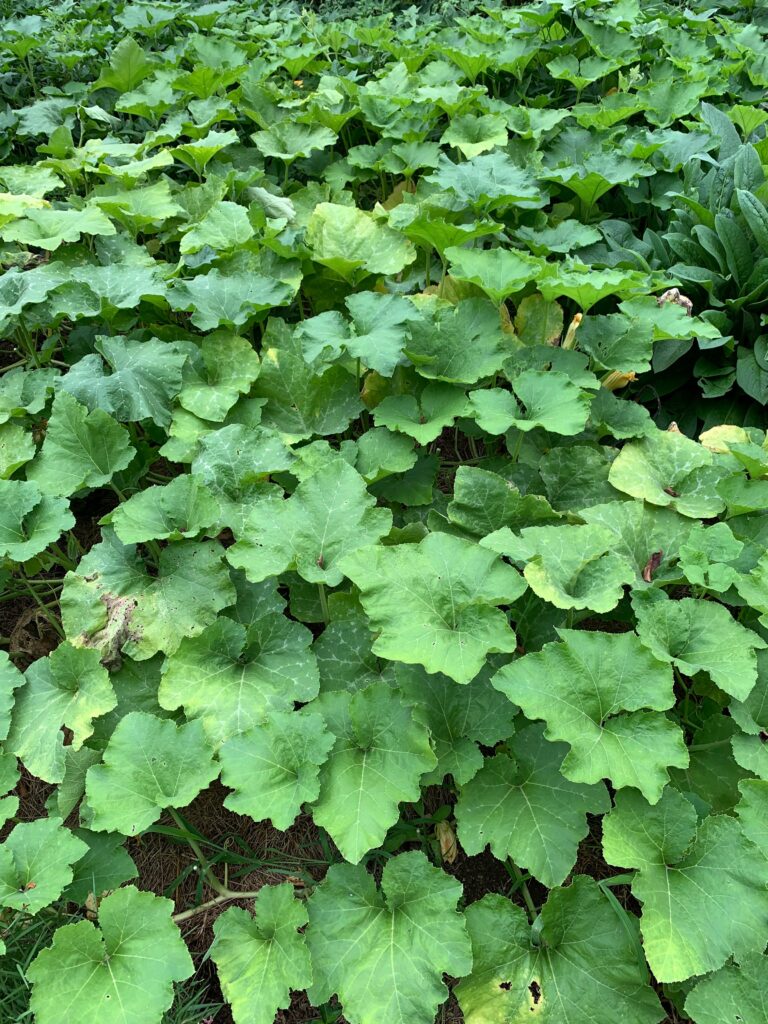

It was encouraging to see that the grex of genetics from 2021 grew with noticeably more vigor than newly introduced varieties and did not succumb to squash bug pressure.
It was of note that the landrace from Eastwind Community, which is only a half of an hour drive away, selected by Richard Goerwitz did not thrive in my gardens. Nevertheless, I will continue to cross breed with the squash from Eastwind as that’s the closest consistent landrace breeding within my regional community.
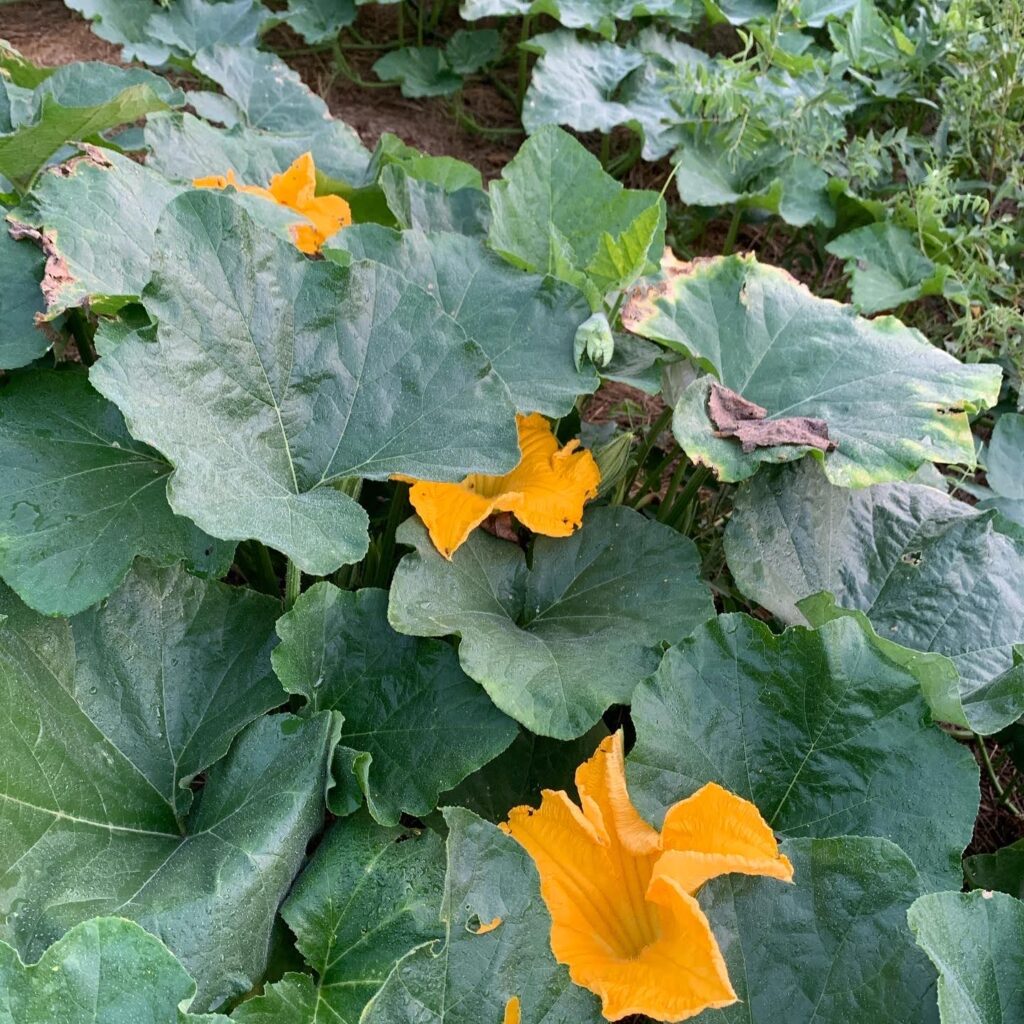
I have been really heartened by all of the interest in this squash bug resistant landrace. Folks from all over the country sent grow reports which consistently came with the feedback of these genetics being incredibly vigorous! Selection still needs to be done for abundant fruit set and phenotype characteristics which will vary based on desired size, shape, flesh type/taste, etc. I will continue to grow these genetics in my gardens here at Mountain Jewel and am offering the seeds for sale again in 2023. You can buy them here. They are still incredibly varied and contain a wide pool of genetics to select from.
